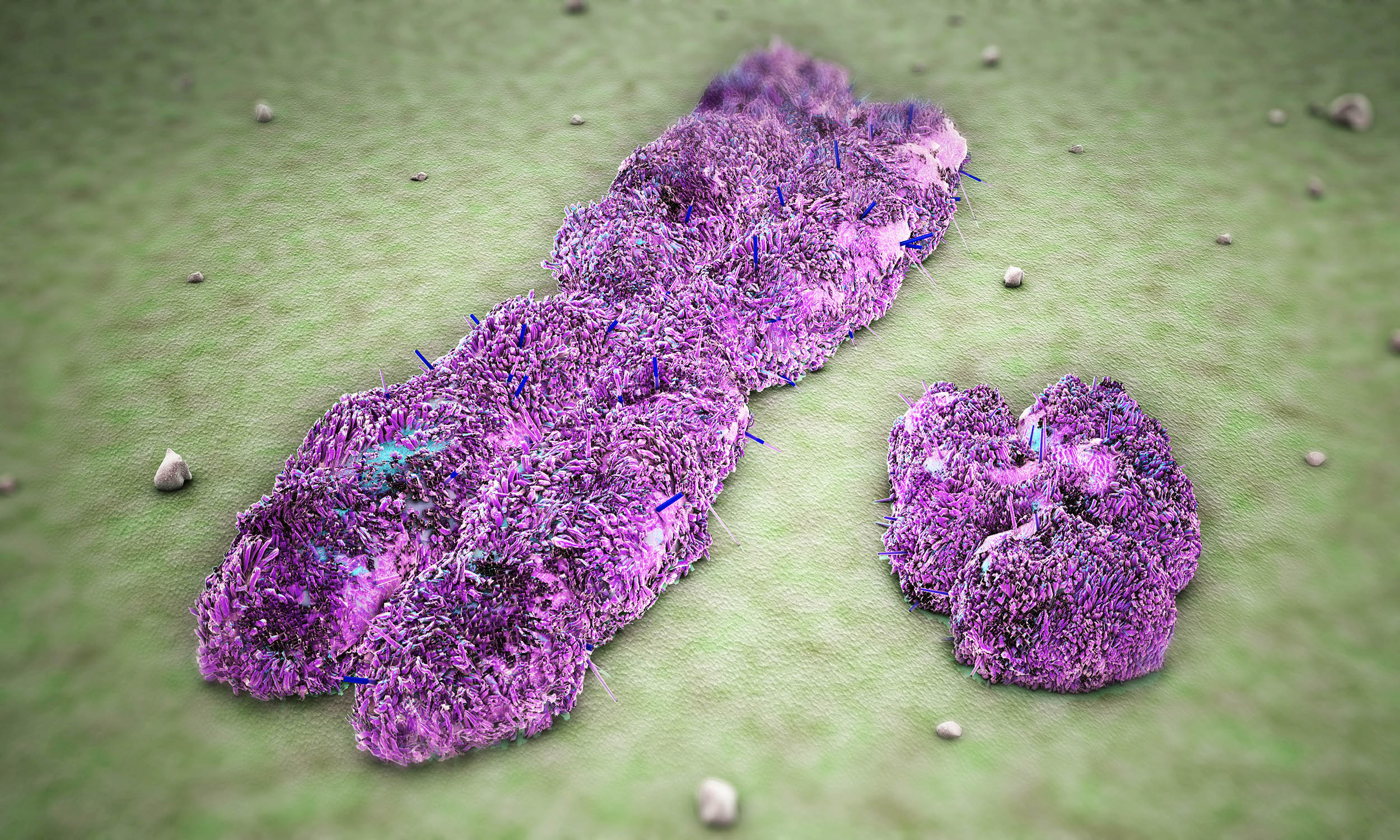High-school biology presents a straightforward rule: two X chromosomes indicate a girl, while an X paired with a Y indicates a boy. The Y chromosome, smaller in size, carries the critical SRY gene responsible for testis development. This reproductive system has functioned effectively for approximately 300 million years. However, recent discussions within genetics suggest that the Y chromosome may be in jeopardy.
Over time, the Y chromosome has progressively lost genetic material, and projections estimate that it could disappear completely within around 11 million years. The implications of such a loss are significant, potentially affecting everything from cancer risk to the future of human reproduction. Would this herald the end of men or would evolution adapt in unexpected ways? Insights from rodents inhabiting remote islands and changes in aging human bone marrow may offer valuable clues.
One notable example illustrates a mammal that continues to produce males despite the total absence of a Y chromosome. In contrast, research indicates that many men are already facing health consequences as their cells lose Y chromosomes during middle age.
The Y chromosome contains only about 55 genes, compared to the roughly 900 genes on the X chromosome that are responsible for numerous vital functions. Evidence indicates that the Y chromosome has been shedding approximately five genes per million years since humans diverged from the platypus 166 million years ago, leading scientists to the disconcerting conclusion that it could eventually cease to exist.
While some experts initially dismissed these concerns, new findings suggest otherwise. The Japanese spiny rat and certain mole voles have been identified thriving without a Y chromosome, having successfully adapted their reproductive circuits.
In 2022, a study revealed that a duplicated segment of DNA near the SOX9 gene in the spiny rat independently triggers male development, enabling genetically female animals to develop as male without a Y chromosome. This discovery raises the possibility that if the human Y chromosome were to disappear, natural selection might promote alternative mechanisms for determining sex.
However, men are already experiencing health issues associated with Y chromosome loss on a cellular level. As men reach their fifties, bone marrow stem cells may missegregate the Y chromosome, leading to an increase in white blood cell lineages that lack the chromosome. By age 80, over 40 percent of men have significant proportions of this “mosaic loss of Y” in their blood. A study monitoring 1,153 Swedish men in their seventies and eighties found that those with Y chromosome loss had a lifespan reduction of 5.5 years and faced higher risks of solid tumors, heart disease, and a seven-fold increase in Alzheimer’s disease.
Research led by Kenneth Walsh at the University of Virginia confirmed that when mouse blood stem cells devoid of the Y chromosome were transplanted, the recipients exhibited severe health issues, including fibrosis and premature death, demonstrating that the loss has serious consequences.
The UTY gene on the Y chromosome plays a crucial role in regulating the immune system. Its absence can lead to dysfunction in immune cells, contributing to increased tumor growth. Studies show that tumors develop more aggressively in mice lacking a Y chromosome, and bladder cancers without the Y chromosome present unique treatment challenges and opportunities, responding positively to specific cancer therapies.
While detriments from Y chromosome loss are apparent in individual men, cigarette smoke, air pollution, and exposure to industrial chemicals can further exacerbate this decline. Simple lifestyle changes—such as quitting smoking and minimizing exposure to harmful substances—could be effective preventive measures. Additionally, maintaining a healthy lifestyle with regular exercise and a balanced diet may help preserve Y chromosome integrity.
Medical advancements are on the horizon, with antifibrotic drugs currently in trials to mitigate heart damage related to Y chromosome loss. As single-cell sequencing becomes more accessible, it’s conceivable that a future health assessment may include a “Y-loss score” alongside traditional tests.
The adaptability demonstrated by the Japanese spiny rat raises intriguing questions about the future of mammalian reproduction, yet it offers little comfort to individuals already suffering the effects of Y chromosome loss. The tension between the long-term survival of the species and the immediate health impacts on individuals will continue to shape both medical practices and evolutionary discussions.
Despite its quirky nature, the Y chromosome plays a vital role in male development, immune regulation, and potentially its own extinction. The positive takeaway is that men can take proactive steps to mitigate risks: avoid mutagen exposure, quit smoking, consider Y-loss tests in midlife, and stay informed on ongoing research as this chromosome’s story unfolds.
The full study is available in the journal Cell.

